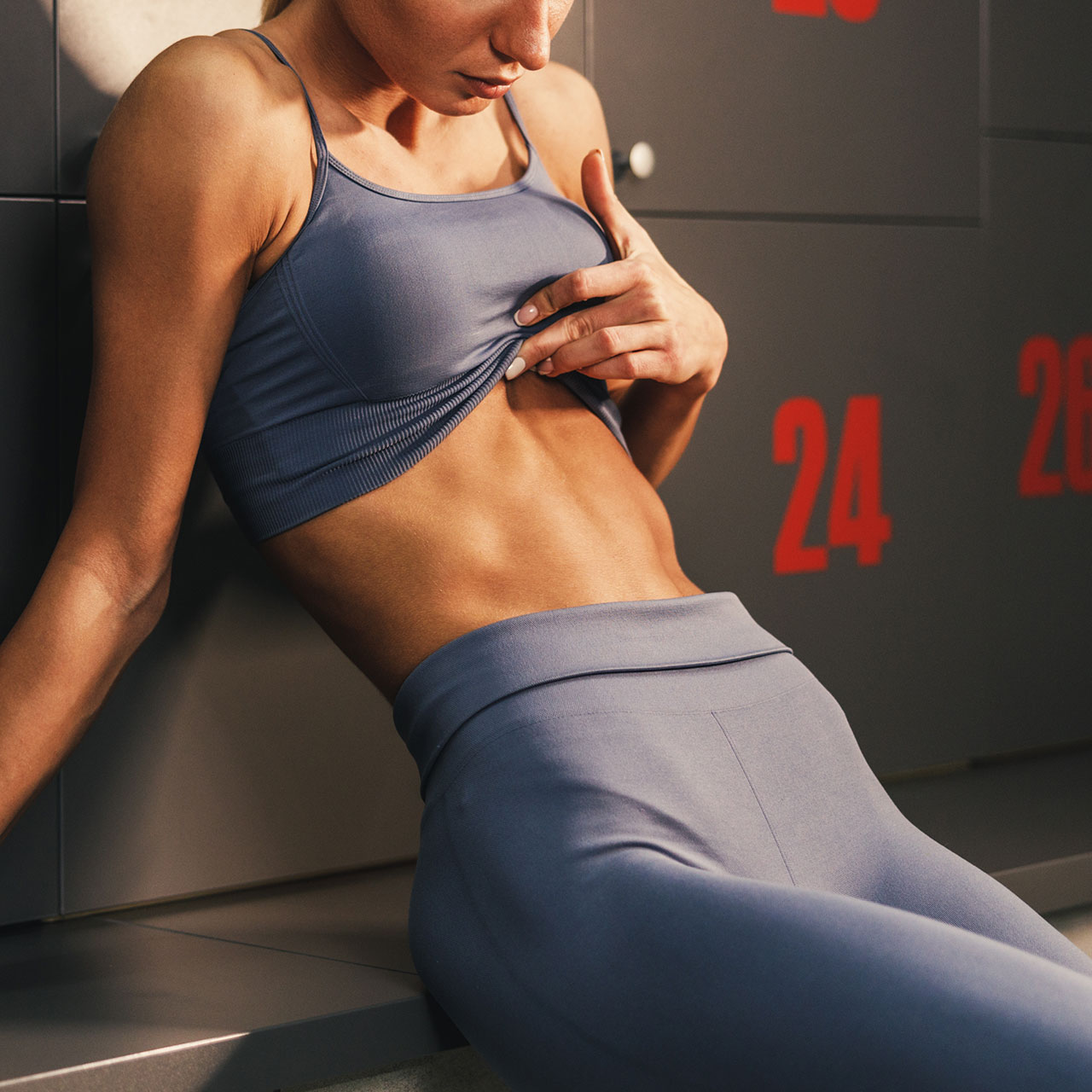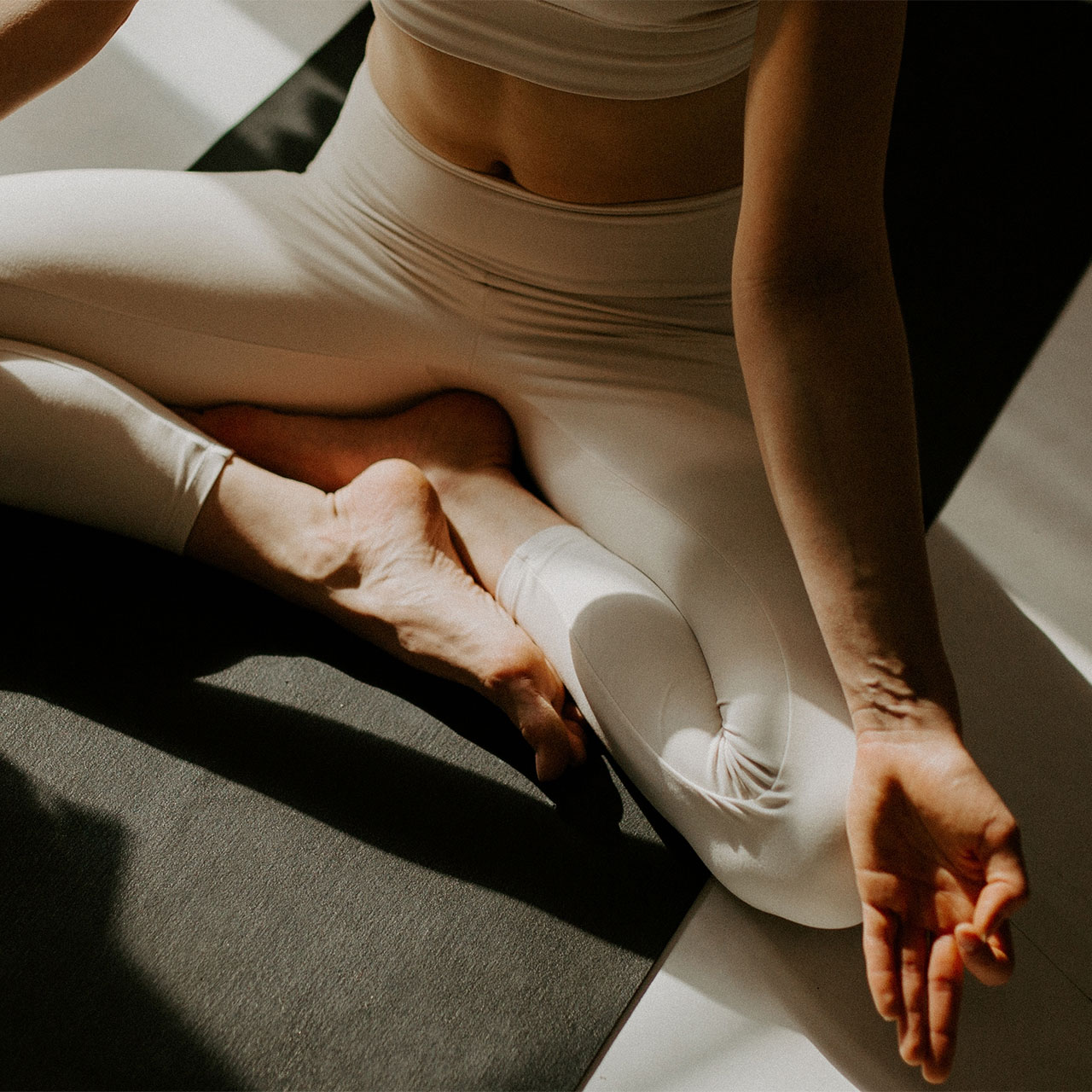While many people go to the gym to lose weight and slim down, it can also help improve practically every part of our bodies. Staying fit and exercising every day is crucial at any age but as we get older, consistent exercise can improve balance, boosts immunity, and even helps prevent chronic medical issues such as diabetes and insulin resistance. Doing cardio exercises like running, swimming, cycling, and more, as you get older is also a great way to improve relieve pain and tone muscles. However, it’s also very important to ensure you’re not doing more harm than good for your body.
There’s one cardio mistake in particular that personal trainers warn you should never make, especially if you’re over 50, because it leads to loss of gains. We spoke with Aaron Jerez, founder of Motion Selection, a personal trainer, and an Assistant Strength and Conditioning Coach, Jeremiah Daniel, a qualified level 4 personal trainer, an experienced hiking guide, and the co-founder and CEO of Moonlight Reviews, and James Dixon of Fitness Brain, a personal trainer, and fitness and nutrition expert. They said that you should never overdo cardio because too much cardio can eventually start burning away your muscles. Learn why below!


Don't overdo cardio
While you probably know the big three cardio exercises (running, cycling, and swimming), you may not realize that there are actually three types of cardio training styles: high-intensity interval training (HIIT), moderate-intensity steady state (MISS), and low-intensity steady state (LISS). And, unfortunately, when you overdo these cardio exercises, you may experience a loss of gains.
"Gains" is a way of describing your progress in the gym. It usually refers to gaining strength (strength gains) or muscle growth (muscle gains). So, "loss of gains" means losing all the progress you've made so far in your fitness journey.
Personal trainers like Dixon want to emphasize that while cardio does not directly burn muscle, "the body utilizes the carbohydrates stored within muscles known as glycogen as its primary fuel source." This can impact your metabolism and it makes shedding fat more difficult. Over time, excessive cardio can weaken the immune system leading to catabolism (causing the tissue to break down) and chronic disease. Yikes!
"If a person does not eat enough carbohydrates to replenish the glycogen used during cardio, the body will turn to muscle as an alternate fuel source, leading to muscle loss. This is why a proper diet isn't just optional if your goal is muscle-building–it's integral," Dixon explains. "Additionally, if a person is also strength training and not consuming enough protein, muscle loss may be more significant. To avoid muscle loss, it is important to eat enough carbohydrates and protein to fuel the body during cardio and strength training."
And, when your muscles are already suffering when you overdo cardio, the risk of injury increases greatly. So, an excessive amount of cardio is simply horrible for your overall health. Thankfully there are three signs that you're doing too much cardio and need to ease up: you're extremely fatigued, you're always sore, and your weight loss has slowed down.
Jerez believes that "It's important to find a balance between cardio and strength training and incorporate rest days into your routine so that you don't overtrain your body." Alternating between weight training and cardio is a great way to promote fat loss. Jerez continues, "Additionally, doing the same type of cardio every day can become very mundane and could potentially lead to burnout and [a] lack of motivation. Mixing up your routines is key for optimal results."

How often should you do cardio?
Although it can feel like doing intense cardio routines are necessary for seeing weight loss results, cardio is just one component of a successful fitness regime. The key is finding a healthy balance between strength training and cardio. And, doing too little or too much cardio can be counterproductive to your goals, so knowing how much you should do cardio each week is crucial for any weight loss journey. Daniel has some suggestions.
"For most people, 30 minutes of moderate-intensity activity five times per week is a good starting point," he says. "If your goals are more focused on weight loss, increasing intensity and frequency may help. This can mean aiming for 45 minutes to an hour of vigorous-intensity cardio, such as running, three to five times per week." It's important to listen to your body and adjust your cardio frequency and intensity based on how you're feeling. And, everyone is different. What might work for one person might not work for another.
"If you're interested in building endurance and performance, you'll need to increase your intensity and frequency to include higher-intensity interval training and longer running, cycling, or swimming sessions. This can mean performing 60- to 90-minute runs or rides a few times per week, mixed with some intense intervals two to three times per week." Daniel explains.


























